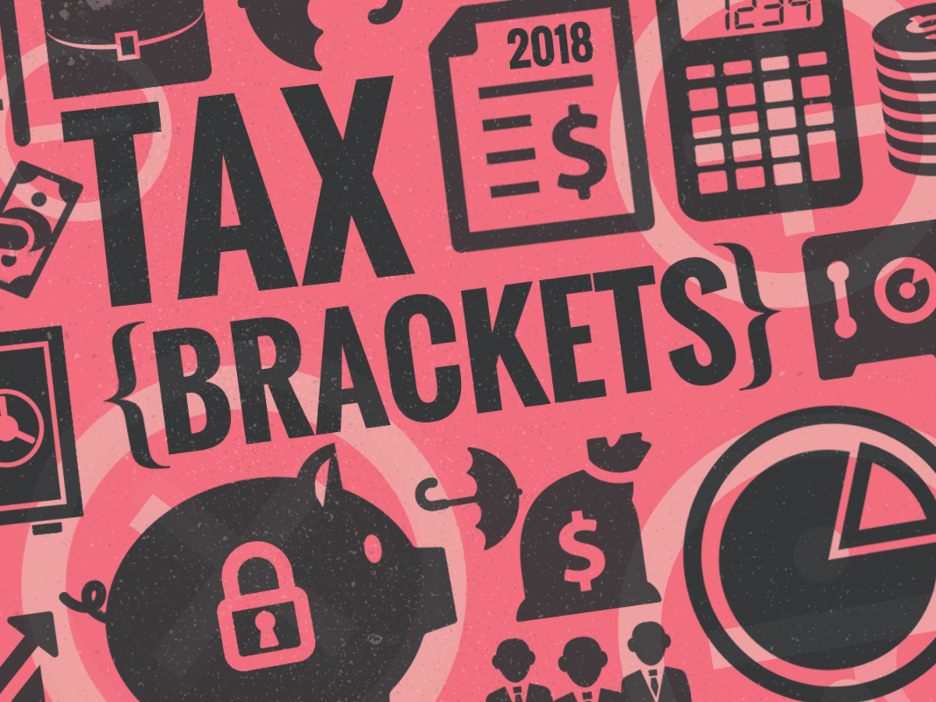Raleigh NC Financial Advisor: ROTH Conversions
Everywhere in life, one can find rules of thumb. It is understandable since our brains need a way to organize the vast amount of information, they receive every second. Creating categories and simplifications makes sense in many cases.
Using a simplistic approach for Roth conversions and tax planning may be outdated and ineffective. The tax code is highly nuanced, and the laws are changing frequently. In this discussion, we'll look at five well-known "rules of thumb" and explain why they shouldn't always be followed.
Myth 1: ROTH Conversions don't make sense if you are in the highest tax bracket.
This misconception about Roth conversions is undoubtedly one of the most widespread. First, we are currently experiencing one of the most favorable tax environments since the inception of the Tax Code in 1913.
Given the current low tax rates, it becomes evident that there is only one trajectory for them, and that is upwards. This is further emphasized when we examine the present national debt, which stands at a record-breaking $31.46 trillion. Higher interest rates increase the cost of debt repayment. Additionally, approximately 70% of the government's revenue is generated from individual income taxes.
In addition, it's important to mention that the Tax Cut and Jobs Act of 2017 will end in 2025. As a result, the current appealing top tax rate of 37% is scheduled to increase to 39.6%. Consider the possibility that future tax brackets may have higher rates for lower incomes. This could potentially increase your vulnerability.
Myth 2: ROTH Conversions don't make sense if you are in the lowest tax bracket.
If you find yourself in the lowest tax bracket, there is a special chance for you to contribute money to a Roth IRA or convert your existing funds to a Roth IRA at a low cost. If you are in the 10% or 12% tax bracket, it is unlikely that your tax rates will decrease significantly. However, there is a possibility that they could increase due to various reasons.
Converting to a ROTH can help you handle your taxes better if you expect to earn more money in the future. This is especially beneficial if you currently have a low tax rate. Pay taxes now on converted amount to avoid higher future tax rates when withdrawing funds.
Myth 3: Roth conversions don’t make sense unless you can pay the taxes with non-IRA assets.
Among all the myths we have discussed, this particular rule of thumb is undeniably intriguing. It is indeed preferable to pay taxes for a Roth conversion from a taxable account rather than a traditional IRA account.
Converting a traditional IRA account to a Roth IRA can be beneficial at times. This is true even if you have to pay taxes from a tax-deferred account. Although this is not a common scenario, it can occur in certain situations.
Concerns about the "widow penalty" may arise when there is a significant age gap between partners. This refers to the potential financial disadvantages faced by the older partner in the event of their spouse's death.
Converting to a Roth may be helpful if the IRA balance is very high. This can help avoid being pushed into the highest tax bracket. This is especially important when dealing with required minimum distributions (RMDs). By performing conversions while in a slightly lower tax bracket, you can potentially mitigate this issue.
Myth 4: Only do Roth conversions in the fourth quarter as there are no ‘do-overs.’
The logic behind waiting until the fourth quarter to execute a Roth conversion is understandable. By that time, your annual income, capital gains, and cash flow availability to pay the tax bill in October are known. Additionally, the popularity of this calendar-based approach increased after the SECURE Act eliminated the option for recharacterizations.
However, it is important not to confine your Roth conversion strategy exclusively to the fourth quarter due to various reasons. For instance, if the market experiences a pullback earlier in the year, it would be advantageous to capitalize on that opportunity by conducting Roth conversions during that period.
Our analysis demonstrates that a 20% market pullback could reduce the client's tax rate by approximately 4%. Thus, we perform the Roth conversion at the 32% tax rate instead of 37%. However, if you wait until December, you may miss out on this savings opportunity.
Considering the prohibition on recharacterizations, a more effective solution is to be thoughtful in your approach. Review income details, discuss cash flow, do mini-conversions or take advantage of market downturns. It is crucial to consult with a financial advisor.
MYTH 5: A client needs to live at least 10 years for a Roth conversion to make sense.
It doesn't make sense to force a client to live for a certain time for a Roth IRA to be beneficial. A Roth IRA has many advantages for the client's life, including the possibility of living longer than expected. Moreover, a Roth IRA serves as an excellent tool for leaving a legacy.
Consider the scenario of an elderly widow who finds herself in the lowest tax bracket. By utilizing a Roth IRA, she can essentially prepay the "wealth" tax on the inherited IRA for her heirs. This becomes even more beneficial when it is confirmed that the heirs are in a higher tax bracket than their mother.
Each Roth conversion has its own 5-year period. During this time, any earnings made from the conversion can be withdrawn without having to pay taxes.
If the owner dies immediately after the conversion, there will likely be no tax consequences. This is because the majority of the money remains as the main amount.
If the owner dies two years later, the beneficiary must pay taxes on any earnings from the converted funds. However, the principal is always withdrawn without tax. Roth conversions have more advantages than the small tax on extra profits over a few years, especially for big accounts.
Bottom Line
It is important to note that a ROTH conversion is not suitable for everyone. It is essential to consider your individual financial situation, including your current and future tax rates, before making any decisions. Consulting with a financial advisor can help you determine if a ROTH conversion aligns with your long-term financial goals.
Sources:
https://www.horsesmouth.com/when-the-rules-for-roth-conversion-don-t-make-sense-5-examples
https://www.kiplinger.com/article/retirement/t046-c000-s002-7-myths-about-roth-ira-conversions.html
https://www.fool.com/retirement/plans/roth-ira/roth-conversion/
Disclosures:
This material is provided as a courtesy and for educational purposes only. Please consult your investment professional, legal or tax advisor for specific information pertaining to your situation.
All information contained herein is derived from sources deemed to be reliable but cannot be guaranteed. All views/opinions expressed in this newsletter are solely those of the author and do not reflect the views/opinions held by Advisory Services Network, LLC.
Advisory Services Network, LLC does not provide tax advice. The tax information contained herein is general and is not exhaustive by nature. Federal and state laws are complex and constantly changing. You should always consult your own legal or tax professional for information concerning your individual situation.
This site contains links to articles or other information that may be on a third-party website. Advisory Services Network, LLC is not responsible for and does not control, adopt, or endorse any content contained on any third-party website.






